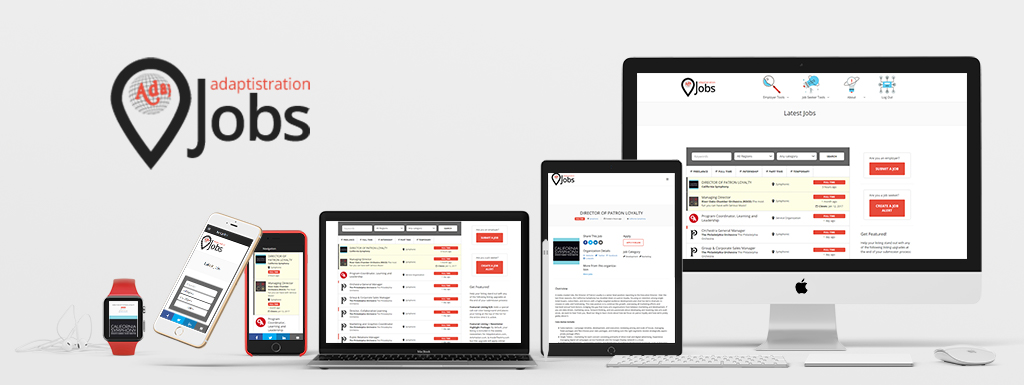Christopher Blair – full time acoustician, part-time conductor, 4th time blogger.
Before anyone gets excited, I am talking about acoustical models here (sigh), but even these can produce dangerous results.
Today’s principal types of modeling activity involved in the study of performance hall acoustics include:
- computer modeling,
- physical scale modeling, and
- auralization of the data derived from either of the above.
All have inherent strengths and weaknesses in their ability to predict the acoustic response of a room. Knowing where the weaknesses lie is a critical skill for anyone interpreting the results. Unfortunately, all too often the results are presented to a client without important caveats. And sometimes, even without a care as to whether the results make sense based on the simplest observation of how sound behaves in real rooms.
The colorful displays of propagation paths and data generated by computer models are powerfully sexy things, and offer the client immediate confidence that the acoustical consultant knows what he or she is talking about. However, just because information arrives from a “magic box” doesn’t mean that it is valid.
Earlier this year I had to respond to a computer modeling report claiming that there would be a 3.0 second reverberation decay in a small opera house that in the real world would barely reach 1.4 seconds when occupied. To counter the silliness, I had to offer measured data from similarly sized and even larger rooms to show that what was in the 1/2” thick report was simply garbage.
Bob Newman (of Bolt Beranek and Newman) once remarked to me, “At BBN, we do our modeling at full scale”. While this is certainly a hyperbolic simplification of their design process four decades ago, I am often puzzled by the urgency on the part of today’s consultants and clients to embark on expensive full model studies for a room types that exist in abundance in full scale. Airline tickets to travel to these rooms, buy a ticket, and listen are certainly less expensive than developing a computer model, and much less expensive than a physical scale model.
Certainly internal studies are important to validate design work or assess the impact of certain unusual features, but these can often be more quickly and economically accomplished with (and here comes the “Luddite” in me) pencil and paper. But somehow these simple techniques are seen as less valid than the reams of graphic information that can be spewed out of an unthinking machine.
Because of auditory phenomena such as forward masking which are not represented in the standard measurement metrics, the data from models and even full-scale measurements require interpretation to separate the important from the inaudible. This requires either detailed examination of the predicted impulse responses or auralization.
Auralization is a technique where a musical source is presented to a listener over headphones or loud speakers after being modulated by a “filter” mimicking the reflections contained in the impulse respond data. This process automatically accounts for audibility issues not predicted by standard acoustic metrics and is a good shortcut to understanding what is important in the data.But as well as any model used for auralization is validated against full scale, the end result is only an approximation of what will be heard in the room.
A model’s real value to the design process is not in predicting absolute values of room response, but rather in evaluating changes to the design proposed by the architect or acoustician. Looking only at “what if we did this instead?” , cancels out the prediction inaccuracies inherent in each model type and biases resulting from modeling simplifications, and leave only the differences to be compared. These differences arrive with enough precision and consistency over a variety of modeling procedures that the data can be better trusted than the basic data from which the differences are derived.
Unfortunately, the promise of predicting in advance what a room will sound like remains a very seductive concept, and prey to abuse from many corners. We believe what we want to believe, and the birth rate of “suckers” has only increased since the time of P.T.Barnum. We should raise an eyebrow or two when modeling becomes more about marketing than legitimate research.
Caveat emptor, people!
Stay tuned for the final chapter in Orchestral Acoustics 101
- Chapter 5: Lies, Damn Lies, and Statistics


